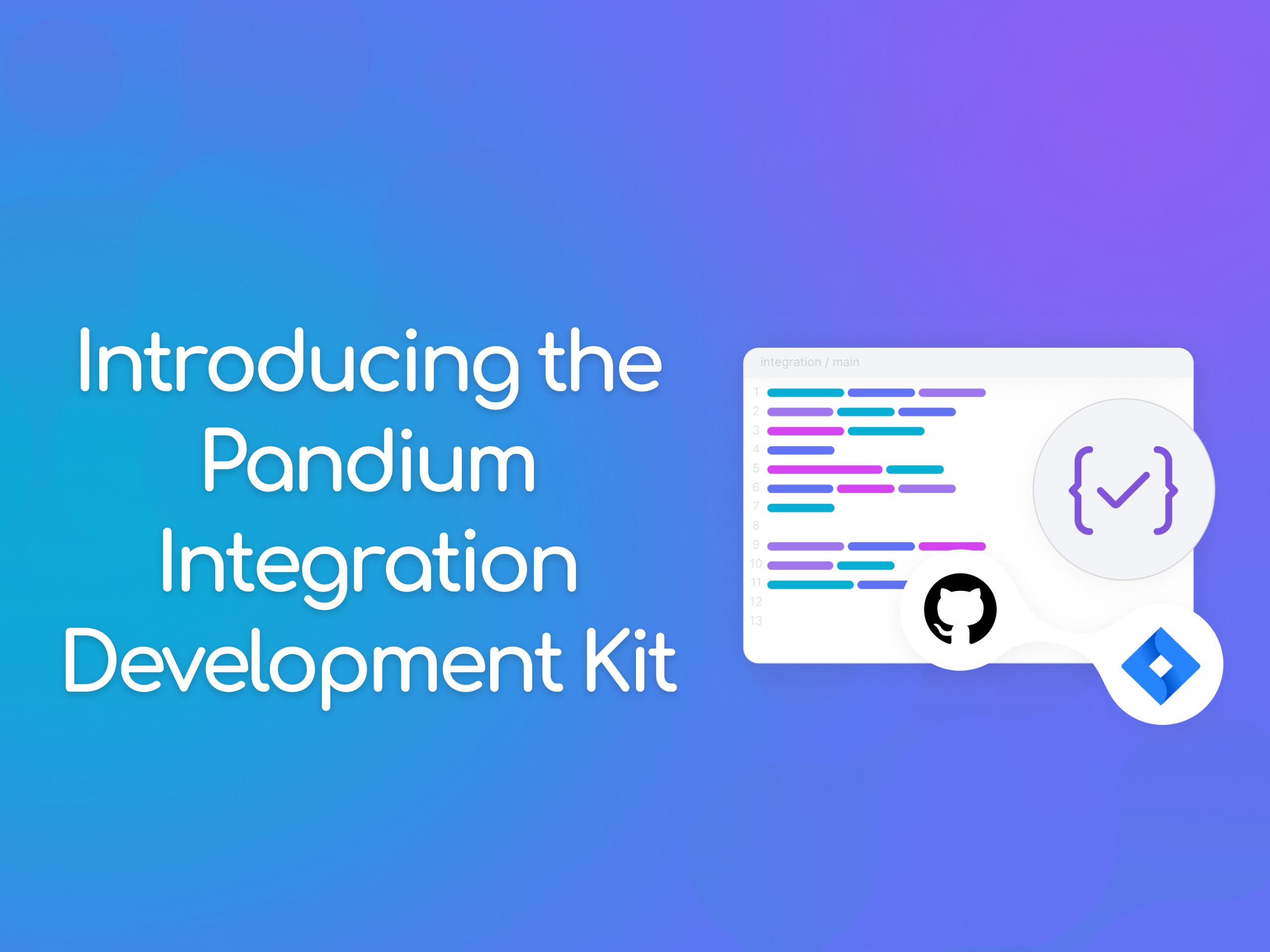Pandium Resources
Blog
Insights on integrations and technology partnerships
.png)
Elizabeth Garcia, Product Marketing Manager
The Hidden Limitations of Low-Code and No-Code Embedded iPaaS Solutions
Explore the hidden drawbacks of low-code and no-code iPaaS solutions, including restricted flexibility and vendor lock-in risks.

Elizabeth Garcia, Product Marketing Manager
Introducing the Pandium Integration Development Kit
Learn more about how we just made launching native integrations even faster with our newest feature inside the Pandium Integration Hub.

Michelle Artreche, Content Marketing Manager
How to Build an Irresistible Integration Program
Integration partners play a crucial role in helping SaaS companies grow, expand their services, and reach new markets. We walk you through the steps to create an integration partner program that partners can't resist.

Lindsay Sayre, Director of Marketing
The New Pandium.com: Behind the Scenes of Our Upgraded Website and Brand
Get an overview of what we polished, as well as new components we've added to improve the user experience and make finding integration solutions a breeze.

Elizabeth Garcia
Uncovering The Power of Partner Operations: Tools, Strategies, and Advocacy
The Head of Partner Programs and Operations at Simpro Software shared insights on the transformative power of partner operations for B2B SaaS, from showcasing ROI to advocating for resources. We broke down the key takeaways.
.png)
Nick Cotter, Founder of Growann
3 Co-Marketing Campaigns That Deliver Real Revenue
Nick Cotter, Founder of Growann, a leading partnership marketing media publisher. He highlights successful co-marketing campaigns he's managed, sharing real results, practical examples, and templates.

Elizabeth Garcia, Product Marketing Manager
Quiz: Should You Build or Buy Your Integration Infrastructure?
Take our 'build vs. buy' quiz to find out whether you should build or buy your integration infrastructure. It factors in your team's expertise, technical readiness, business goals, and even your B2B organizations culture to help pinpoint the path that aligns with your company's unique stance.

Michelle Artreche, Content Marketing Manager
Understanding Unified APIs: Evaluating for Seamless Product Integrations
Explore the Benefits and Drawbacks of Unified APIs in Product Integrations. Evaluate single interfaces for coverage, data models, dependencies, and more.

Elizabeth Garcia, Product Marketing Manager
Why B2B SaaS Needs Newer Alternatives to Embedded iPaaS Systems
Embedded iPaaS (Integration Platform as a Service) systems emerged in order to addressed B2B integration challenges. We discuss a new alternative in the Embedded iPaaS market that addresses the persistent pain points and dynamic integration needs of B2B SaaS businesses.

Elizabeth Garcia, Product Marketing Manager
What is an Embedded iPaaS and How to Evaluate one
Discover Embedded iPaaS: Integration platforms embedded in B2B SaaS products. Learn how it differs from traditional iPaaS in this comprehensive guide.

Elizabeth Garcia, Product Marketing Manager
How to Track the ROI of SaaS Integrations
Discover effective processes and tools to present a compelling business case for investing in B2B SaaS integrations and technology partnerships to leadership.Discover effective processes and tools to present a compelling business case for investing in B2B SaaS integrations and technology partnerships to leadership.
eBooks
More on partnerships, integrations, and APIs.
Revenue calculator
See how much integrations can generate.
